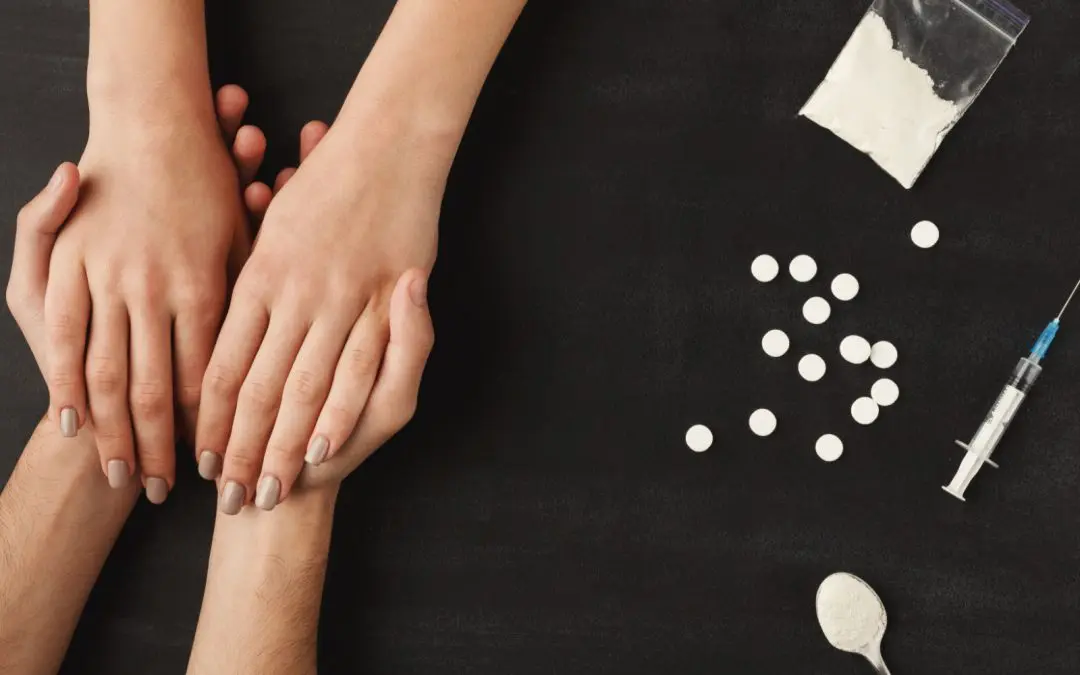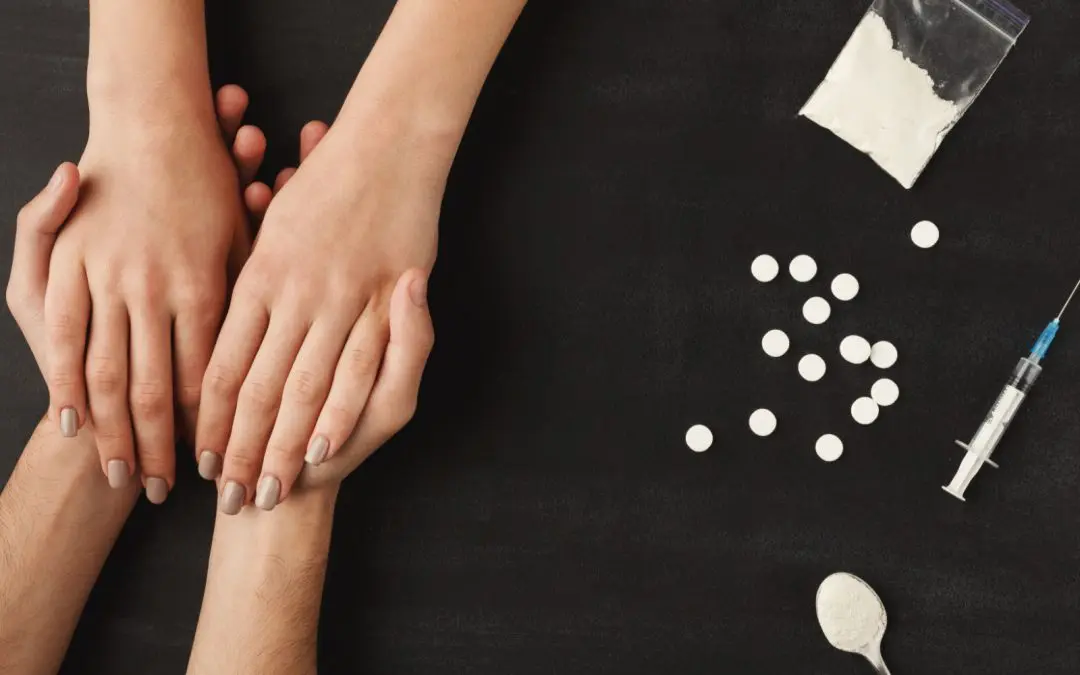centers in Big Stone, Minnesota play a critical role in addressing the escalating drug and alcohol addiction problem that affects the local community. Nestled in the western part of the state, Big Stone County includes the picturesque town of Ortonville, situated on the shores of Big Stone Lake. With a modest population of approximately 5,000 residents, this serene area is marked by its natural beauty and tight-knit community. Despite these appealing attributes, like many small towns across the United States, Big Stone is not immune to the growing crisis of substance abuse. The prevalence of drug and alcohol addiction has reached staggering levels, causing a ripple effect on the community’s health, economy, and social fabric. Therefore, the presence of dedicated rehab centers becomes essential in providing support and treatment for those struggling with these challenges. Throughout its history, Big Stone has evolved from an agricultural hub into a community that must now confront the complex issue of addiction with urgency. The importance of rehab centers in Big Stone, Minnesota cannot be overstated. They provide vital services, such as counseling, detoxification programs, and ongoing support, to empower individuals to reclaim their lives from addiction. The stigma surrounding drug addiction in Big Stone can hinder individuals from seeking help, making it crucial to promote awareness and education about the benefits of rehab programs. As the community continues to grapple with these challenges, understanding the significance of local addiction treatment resources becomes imperative for fostering a healthier environment. It is vital that residents know they are not alone in their struggles and that rehabilitation services in their backyard can lead to recovery and hope. The journey toward sobriety is often daunting, but with the right support from professionals at rehab centers in Big Stone, Minnesota, individuals can find a path to healing and regain control of their lives.Addiction treatment, drug and alcohol rehab centers are also available in
Big StoneLearn more about













































































































